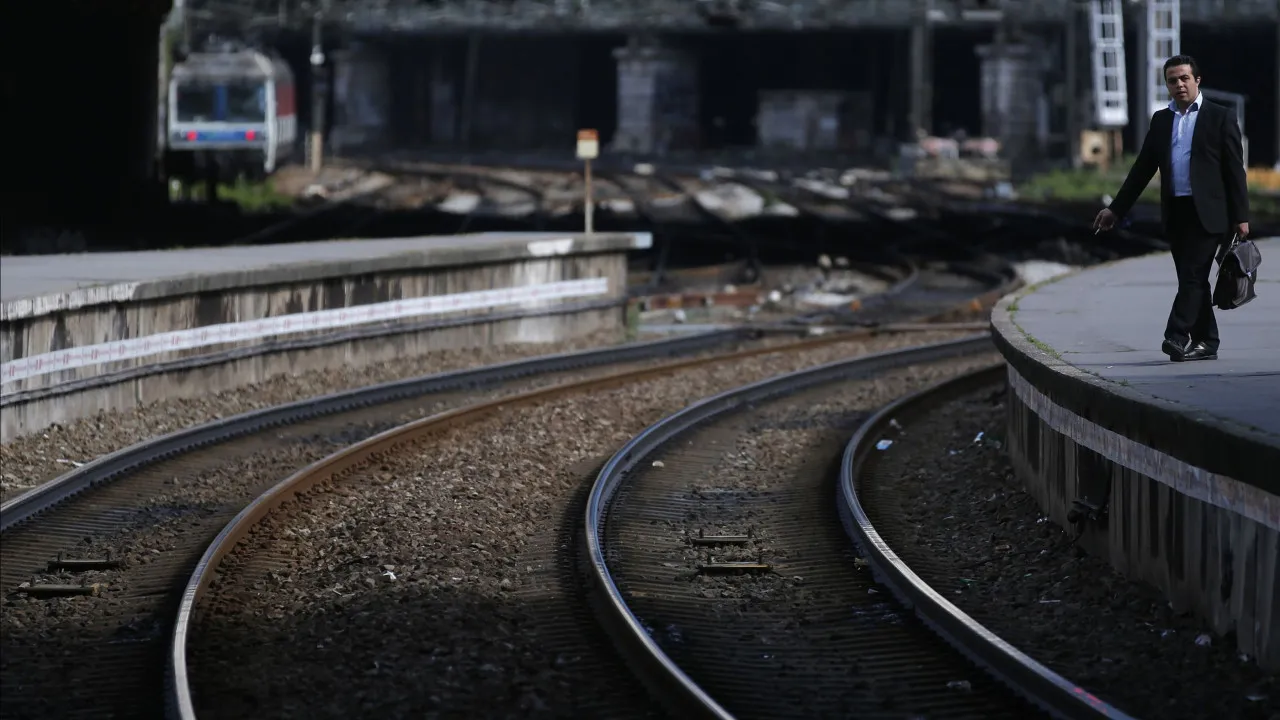
The signing for the segment between Porto – Campanhã and Oiã (Oliveira do Bairro, district of Aveiro) of the future Porto – Lisbon line is scheduled for Tuesday at 11:50 AM at the headquarters of IP, in Almada (district of Setúbal).
This event involves the “signing of the High-Speed Railway Line Concession Contract between Porto (Campanhã) and Oiã, and the presentation of the financing agreement,” in the presence of the Minister of Infrastructure and Housing, Miguel Pinto Luz.
The first segment of the high-speed line had initially included, in the project book, the construction of a road-rail bridge with two decks over the Douro River, the redesign of Porto-Campanhã station, and the construction of a new underground station in Vila Nova de Gaia, near Santo Ovídio.
However, in April, the LusoLAV consortium (Mota-Engil, Teixeira Duarte, Alves Ribeiro, Casais, Conduril, and Gabriel Couto), which was awarded the design, construction, financing, and maintenance of the line, presented to the Gaia City Council an alternative solution (not excluding the original), proposing changes to the route, the construction of two bridges instead of one over the Douro River, and locating the Gaia station in Vilar do Paraíso instead of Santo Ovídio.
On Friday, IP, the Government, and the LusoLAV consortium were questioned about which solutions would be adopted, but no response has yet been received.
The consortium argues that the proposed changes are within the corridor approved in the project’s Environmental Impact Study (EIA), but the alternative proposal for the station eliminates a direct connection of the Gaia station to the Porto Metro (on the Yellow line, but maintaining the Rubi line connection) and affects a National Ecological Reserve area and a watercourse.
IP has always claimed to be unaware of the proposals presented by the consortium to the Gaia City Council, submitted during several meetings and favorably voted on by the executive led by Eduardo Vítor Rodrigues (PS) and in the Municipal Assembly, despite the opposition of the PSD (in the executive) and IL (in the Municipal Assembly), as well as the abstention of the CDU (in the Assembly).
The LusoLAV consortium representatives expressed formal concerns in the Gaia City Council about fitting it into the public tender, stating that the alternative proposals could be more expensive than the originals.
The Porto City Council also officially claimed to be unaware of the LusoLAV proposals, and the Government also stated it was unaware while engaging in dialogue with IP. On May 15, an IP official stated at a seminar in Porto that the Gaia station would be in Santo Ovídio.
The National Railway Plan, approved by the Government in March and published in the Official Journal on April 16, establishes that the high-speed station in Gaia will be in Santo Ovídio, connecting to the Yellow and Rubi metro lines.
On the same day, the Government and IP assured that “any potential changes must be fully safeguarded from a legal standpoint, be in total compliance with the project book requirements, and ensure the agreement of municipalities.”
The high-speed line is expected to connect Porto and Lisbon in one hour and 15 minutes by 2032, with potential stops in Gaia, Aveiro, Coimbra, and Leiria, and the Porto-Vigo route (via Porto airport, Braga, Ponte de Lima, and Valença) in 50 minutes by 2032.
The first phase (Porto-Soure) of the high-speed line in Portugal is expected to be ready by 2030, and the second (Soure-Carregado) by 2032, with the connection to Lisbon through the Northern Line.
The previous Government, which initiated the first PPP of high-speed construction, estimated investment costs on the Lisbon-Valença axis to be around seven to eight billion euros.




